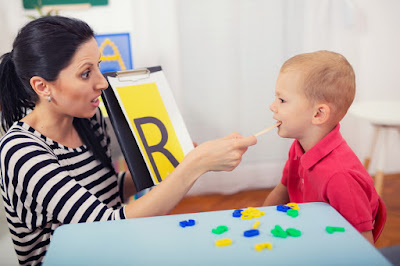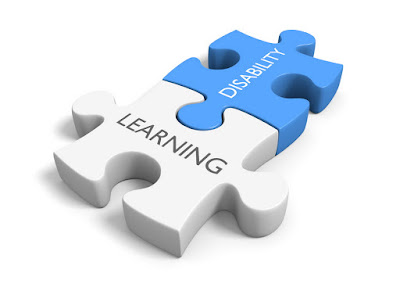
Dyslexia
Dyslexia is a learning disorder that greatly affects a child’s reading comprehension, and is the largest cause for children who fall behind their suggested reading level. This often makes children feel, unfairly, like they are stupid. If it goes unnoticed, dyslexia plagues a child’s mind with self-doubt. However, they should not be made to feel this way. Symptoms of dyslexia are that a child will read incredibly slowly, and will have issues recognizing words that they have known before. The most notable symptom of dyslexia is that letters in words will seem to be in different orders to them. However, children with dyslexia won’t display the same challenges with listening as they will with reading. If your child has dyslexia, learning about multi-sensory teaching strategies will help them find their own strategies for reading and retaining information.
Dysgraphia
Dysgraphia is often mistaken for dyslexia, but they are quite different. Dysgraphia is a learning disability that makes it difficult for a person to develop written-language comprehension. While dyslexia makes it hard to read, dysgraphia makes it hard to write. Children who suffer from dysgraphia will write very slowly and disjointedly, and find it challenging to think of the next word they are going to write after they finish the one they are currently working on. If your child has major inconsistencies with the spacing in their writing, or often doesn’t finish words when they are writing, then they might possibly be displaying symptoms of dysgraphia. If your child suffers from dysgraphia, utilize modern word processing software to help them recognize mistakes in their writing, and also teach them note-taking skills that involve an audio recorder.
Dyscalculia
There are probably many people in the world who think that they struggle with math, but there is a distinct difference between those people and those who suffer from dyscalculia. Dyscalculia is a learning disability that makes it challenging for people to comprehend numbers and their relation to each other. Although some parents mistakenly believe their child suffers from dyscalculia, there are several symptoms that can help you identify whether this is truly the case. Kids who have dyscalculia will find it challenging to put information into a sequence, such as the days of the week or the time of day. They will also have trouble grasping the idea of positive and negative value. It can be harder to spot whether or not a child is suffering from dyscalculia, but parents who suspect it should consult a medical professional to make sure.

ADHD and similar disorders
One of the most common misconceptions about learning disorders is the inclusion of ADHD as an immediately classified learning disorder. The situation with ADHD (or attention deficit/hyperactivity disorder) is more complicated. Although ADHD certainly can affect a child’s performance at school, especially if they are not being treated, it is not actually classified as a learning disorder. Despite this, some researchers estimate that as many as half of children with ADHD also suffer from a different learning disorder. Because of this, many experts are considering including several disorders, including ADHD, in the classification of learning disorder. This includes another common disorder called dyspraxia, which affects a person’s motor skills. The truth is that anything that affects a child’s ability to learn should be taken into account when talking about learning disorders. There are even some experts who classify that externally developed behavioral issues, such as addiction, should be considered a learning disorder (a subject that is wonderfully covered in this article here).



0 comments:
Post a Comment